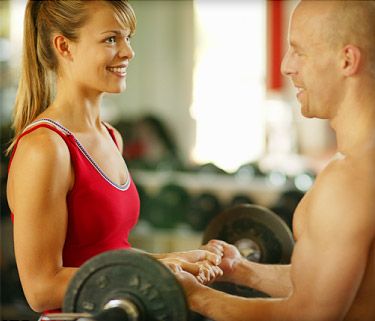It is easier said than done. When it comes to losing weight, the efforts always fall short. Most of the people who do not find success for a month or two give it up. How good it would be if you could have something that could expedite your weight loss and help with your weight loss efforts?
Well, there are a lot of foods that can help in weight loss, but experts prefer juices over solid foods, as juices can be easily absorbed by body and contain ample vitamins, minerals, and all other vital nutrients. Today, I let you know top 5 juices that help you lose weight quickly!
Carrot Juice
Carrot juice is one of the most easily available and healthiest juices you can ever consume, as it is extremely rich in vitamin A. Carrot juice also has ample of vital minerals like magnesium, potassium, and calcium. It is also a rich source of carotenes. Regular consumption of carrot juice not only strengthens your body’s self-defense mechanism, it also helps you lose weight at a faster rate. Consume a glassful after every gym session!
Cranberry Juice
Cranberry is one of the richest sources of vitamin C, which helps break fat. Cranberry juice is also renowned to treat UTIs and other bladder infections caused due to E. coli. Have it in pure form or mash in a banana to your glass! It is a nutrient-full juice that will help you lose weight.
Pear Juice
Pear juice is power-packed with essential vitamins and minerals. It is uber-rich in vitamin C and has ample of phosphorus, magnesium, and potassium – all highly essential for the body. Have a glassful everyday to expedite your weight loss!
Blueberry Juice
I, particularly, love its color which also lets you know the richness of antioxidants in this fruit (juice). Blueberry juice is one of the richest in antioxidants. In addition to strengthening your body’s self-defense, it cuts down your body’s fat reserves. It is a less-calorie juice and can be had on a regular basis. Rich in fiber and vitamin C, the delicious blueberry juice will help you get your body in shape!
Pomegranate Juice
Now, I don’t think nobody needs to be told about the goodness and richness of pomegranate juice. A glassful of pomegranate juice is extremely rich in nearly all kinds of antioxidants. Apart from being extremely tasty, a glass a day will help you lose weight and stay fit.
These juices are surely a tasty and healthy way to vanish your fat layers!




